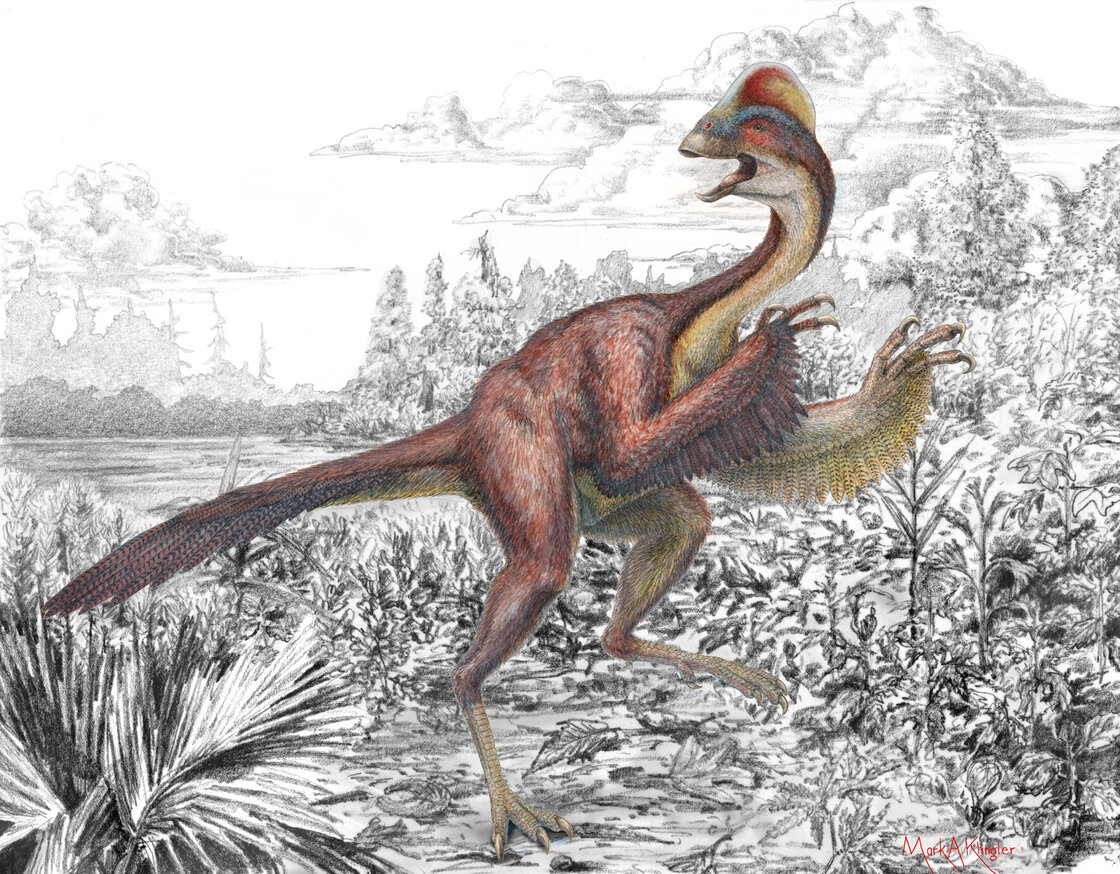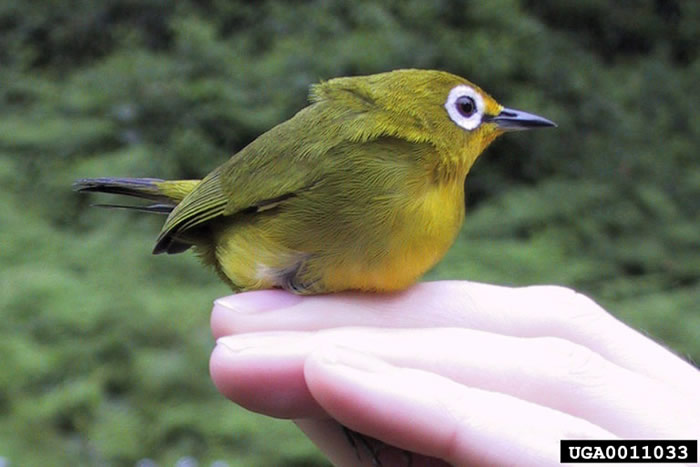Today it is our second anniversary on amateurnithologist dot blogspot dot com. While we proudly maintain our amateur status, after two years of looking at birds, it is safe to say we've learned a lot. Are you an armchair birder too? Here are some of the things we've learned along the way. Maybe you'll find something helpful here too.
1. We are all Time's Subjects
By this I mean get to know what different times of the day mean for birding. Most people probably know already that close to dawn is when birds are most easily observed. "The early bird gets the early bird", as the old saying goes. However, late afternoon can be just as rewarding of a time to go birding, and a much less annoying one to be awake during. I recommend the last hour and a half or so before sunset. Your mileage may vary for different birds. Try going on the same hike a few times during different times of the day and making observations about what you see.
 2. Become a Seasoned Birding Expert
2. Become a Seasoned Birding Expert
I also recommend that you start paying attention to seasons. You might think you've seen all the birds a local spot has to offer, but if you just went in fall, you're going to miss out on all the spring birds. Little know fact: birds fly around, and live in different places, you know? There should be a word for this behavior. Another assumption is that birding is most profitable during the Spring, but because birds migrate in lots of different directions it's really worth it to look year round. Your chilly lake may be just the right temperature for a bird who summers in the arctic.
 3. Learn the Hot Birding Spots in your Area, but Don't Ignore Everywhere Else
3. Learn the Hot Birding Spots in your Area, but Don't Ignore Everywhere Else
Where do birds live? The answer is basically everywhere. Birding starts in
your own neighborhood, on
your city streets, in
the drainage pool behind the mall. Some of the rarest bird's I've seen have just been spotted wandering around residential neighborhoods or college campuses. While ebird.com's got a great database of birding hotspots that I can't recommend enough, it's also important to do some looking on your own. One general tip about birds: bodies of water are always a great place to start.
 4. Hurry Up and Do Nothing
4. Hurry Up and Do Nothing
Our most exciting sounding tip yet! While the hobbies of birding and hiking intersect, there is a key difference in goal and generally in pace. When you walk through a park looking for birds, make it a leisurely stroll. Observing your environment carefully, rather than giving it the casual once-over, will increase the number of birds you see dramatically. Found a nice spot where you can hear some birdsong? Stop and sit a while. Relax. Birds will appreciate you more if you're a chill dude or lady.
 5. Go by Yourself (or with Very Laid-Back People)
5. Go by Yourself (or with Very Laid-Back People)
Let's face it, birding is not an inherently social activity. Maybe a group of birders can pull this one off, but if you plan on going someplace mainly to look at birds, and you're inviting some of the uninitiated, you'd better give some fair warning. Either your friends are going to get super bored while you stare at some bird and take a million pictures of it, or the bird is going to fly away and you will secretly resent them for breathing too loud. Anyway, one of the greatest pleasures of this hobby (to me at least) is peace and space to think that you can get from a little bit of solitude.
 6. Think Like a Bird
6. Think Like a Bird
Does a bird want you to point at it and shout? Probably not, right? My frequent walking partner, N, can always tell I've spotted a really neat bird because I go completely quiet. If a bird is flying away from you, don't pursue it. It can be hard to ignore this impulse, but you have to be willing to let the birds come to you. When a bird really wants to be photographed, he'll come by and pose for you. You just have to wait for the right moment. Another part of this tip is to be logical in where you are looking for birds. Birds of prey often hang out on the
unobstructed branches of tall trees or telephone poles because those are the best places to spot prey from. If you never look up there, you'll never see one.
7. Preparation is 9/10ths of the Bird
This is probably a tip only for people as dumb as your amateurnithologist, but don't forget all your stuff at home. A shameful number of times I've brought my camera with me, but accidentally left the memory card at home, or neglected to charge the batteries. It can also be a good idea to take your birding stuff with you even when you aren't planning on spotting a bird, because sometimes they just show up. Lately I've noticed a family of Orioles at my work and started bringing my camera with me, just in case I get a good opportunity to take a picture. Ancillary tip: Don't leave expensive looking birding equipment in your car. Ever.
 8. Be Patient with Yourself
8. Be Patient with Yourself
This tip won't necessarily help you bird better, but it'll prevent you from birding burnout (or
birdout, as it's known in the community). I can still remember the first time I successfully identified a bird without the use of a guide. That was less than 3 years ago, and just this past weekend I was walking along the bay shore and was impressed by just how many of the birds I recognized immediately. You have to be willing to give yourself time to grow and improve, and be aware that you're going to make
a lot of mistakes at the beginning. Unless you really cram and study (and who wants to do that) you're going to remain an amateur for some time. And that's great. Remember, we are all on this amateurnithological journey together. And you know what they say about the journey and the destination. For the bird blog, this is A., signing off.























